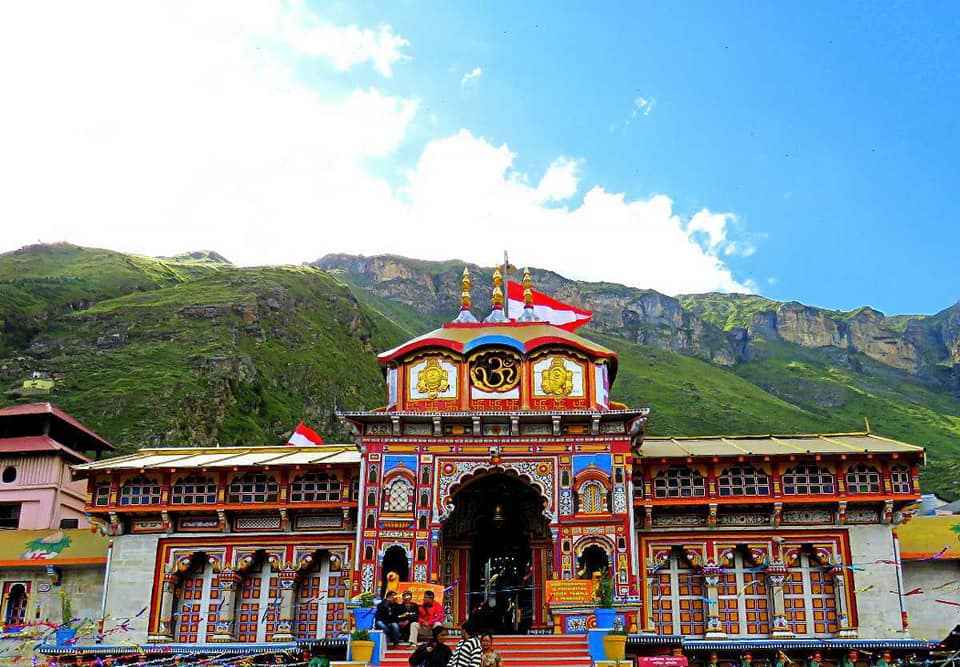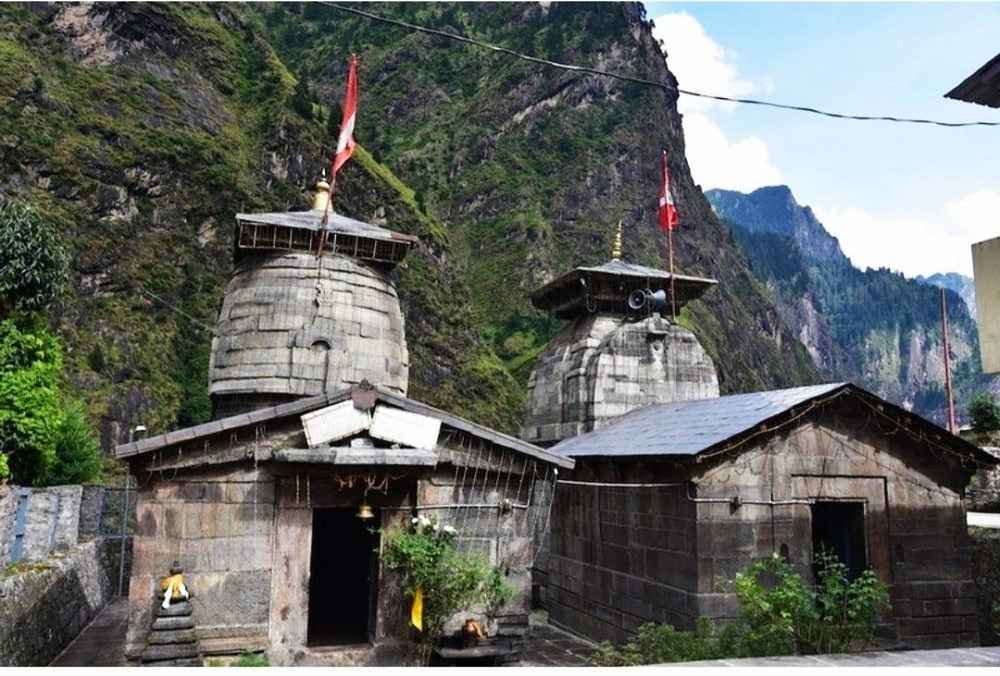Ultimate Guide to Badri Temple: Five Temples of Vishnu, Uttarakhand
The Panch Badri circuit in Uttarakhand comprises five temples dedicated to Lord Vishnu, situated in the Badri Kshetra region from Satopanth to Nandprayag. These temples are Vishal Badri (Badrinath), Yogdhyan Badri, Bhavishya Badri, Vridha Badri, and Adi Badri. Each temple holds its own significance within this circuit.
Here’s an overview of these five temples:
- Vishal Badri (Badrinath): Located at an elevation of 3,133 m in the Chamoli district, Vishal Badri is one of the most significant pilgrimage sites for devotees of Lord Vishnu.
- Yogdhyan Badri: Situated in Pandukeshwar village, about 24 km from Joshimath, this temple is dedicated to Lord Vishnu in a meditative posture.
- Bhavishya Badri: Positioned near Joshimath, this temple is believed to be the future Badrinath. It is dedicated to Lord Vishnu in the form of Narasimha.
- Vridha Badri: Located in Animath village, approximately 7 km from Joshimath, Vridha Badri is dedicated to Lord Vishnu in his elderly form.
- Adi Badri: Situated in the village of Adi Badri, this temple complex comprises seven temples constructed between the 5th and 8th centuries AD. It serves as an alternative pilgrimage site when Badrinath is inaccessible.
These temples together form the sacred Panch Badri circuit, attracting devotees and pilgrims seeking spiritual solace in the serene landscapes of Uttarakhand.
Suggested Read – Panch Kedar Pilgrimage – Shiva Temple in Garhwal Himalayas – Uttarakhand

Vishal Badri Temple
Vishal Badri, also known as the Badrinath temple, is a key pilgrimage site within the Char Dham Yatra. Located in the Chamoli district of Uttarakhand, it stands at an elevation of 3,133 meters amidst the Nar and Narayan mountains, which are considered the divine dwelling of Lord Vishnu.
- The temple was constructed in the 8th century under the guidance of Adi Shankaracharya and has since undergone development and renovations by various kings and dynasties, including the Holkars and the Scindias.
- To reach Vishal Badri, the nearest major town is Joshimath. From there, you can hire a taxi or take a shared vehicle to Badrinath.
A Legacy Carved in Time
- The origins of Vishal Badri trace back to the 8th century, attributed to the revered Adi Shankaracharya. With his divine touch, this temple emerged as a beacon of devotion and a testament to unwavering belief.
Suggested Read – Shitkalin Chardham Yatrav – A Winter Chardham Yatra in Uttarakhand

Yog Dhyan Badri Temple
Yogdhyan Badri is in Pandukeshwar village, about 24 km from Joshimath, near Hanuman Chatti and Govind Ghat. This temple is dedicated to Lord Vishnu and shows him in a calm meditating posture, which is why it is called “Yogdhyan.”
- The Pandava brothers from the Mahabharata are said to have retired here, and their father, King Pandu, spent his last days here in deep meditation. Ancient copper plates found in the area provide valuable information about the temple’s origins and the early reign of the Katyuri kings.
- To get to Yogdhyan Badri from Joshimath, you can travel about 24 km to Pandukeshwar village by car or bus.
A Place of Reverence
- Yog Dhyan Badri is a place of deep devotion, connected to the time of the Pandavas. Legend says that during their exile, the Pandavas took refuge here, meditating and seeking blessings from Lord Vishnu.
Suggested Read – Goddess Yamunotri in Kharsali Village- Uttarakhand

Bhavishya Badri Temple
Bhavishya Badri, known as the future Badrinath, is near Joshimath, a gateway to the holy Himalayan shrines. Here, Lord Vishnu is worshipped in the form of Narasimha. Legend says that when evil prevails in the world, the Nar and Narayan mountains will block the path to Badrinath, making Bhavishya Badri the new pilgrimage site. The temple can only be reached on foot, as there is no road access.
- The temple follows the same opening and closing schedule as the Badrinath temple, closing during winter and reopening in the appropriate season.
- To get to Bhavishya Badri, located in Subain village about 17 km from Joshimath, you can travel by car or bus to the village.
A Glimpse Beyond Tomorrow
- Bhavishya Badri holds a mysterious aura as the future Badrinath temple. A prophecy says that the idol of Lord Vishnu from Badrinath will be moved here, making it a significant site for future generations.
Suggested Read – The Holy Land of Divinity – Ukhimath & Joshimath Uttarakhand

Vridha Badri Temple
Vridha Badri is located about 7 km from Joshimath in the village of Animath. This significant pilgrimage site is where, according to legend, Lord Vishnu appeared as an elderly man and meditated before the sage Narada. The temple houses an idol of Lord Vishnu in this form. Among the Panch Badri temples, Vridha Badri is unique as it remains open throughout the year.
Guardian of Ages Past
- Known as the “Old Badri,” Vridha Badri is more than just a temple; it is a testament to Lord Vishnu’s legacy. This sacred site was the original abode of the Badrinath idol before it was moved to the present-day Badrinath temple.
A Glimpse into Millennia
- With a history spanning over 1,200 years, Vridha Badri encapsulates the essence of centuries past. The idol of Lord Vishnu, seated in timeless grace, stands as a witness to the passage of time, symbolizing divinity that has endured through the ages.
Suggested Read –A Blissful Stopover for Badrinath Travelers – Pipalkoti

Adi Badri Temple
Adi Badri is a place of worship for devotees of Lord Vishnu when Badrinath is inaccessible during winter. Established by Sage Adi Shankaracharya, the temple complex consists of seven temples built by Gupta rulers between the 5th and 8th centuries AD. Inside the main temple, there’s a black stone idol of Lord Vishnu holding a mace, a lotus, and a chakra.
It is oldest among all Badri Temples in the Himalayas of Uttarakhand India




Comments are closed.